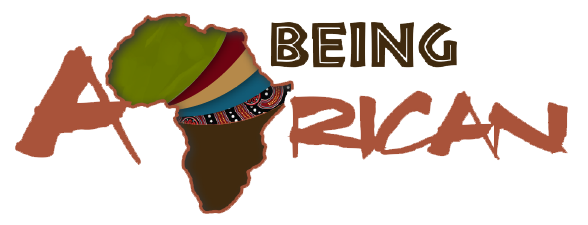People Of Namibia

BeingAfrican is a platform that strives to preserve African cultures, traditions, and languages. It is a meeting place where African cultures are explained within scope.
In recent decades, the emergence of large African diaspora communities within Africa itself, Europe, America, and elsewhere has resulted in the loss of traditional knowledge of African cultures. At the same time, the westernization of African countries has posed the same at home. Our platform is an attempt to preserve many of our centuries-old customs and traditions.
At BeingAfrican we understand that preservation of culture and protocols is everyone’s responsibility (parents and children) but mainly it lies with the elders.
- Learn about you, your people, and why you should be proudly Namibian
- Know who you married-cross cultural marriages
- Understand the people of the country you intend to visit-Hello tourists!
- Learn the language-Basic language exposure. Say something in SiLozi, Oshiwambo…
- Share your rich Namibian culture and language
Be present in appreciating the Namibian in you and Namibians around you. Understand Namibian marriage practices, clans and totems, pregnancy traditions, manners and protocols, dining and hosting, music, art and dance, death and funerals.
As a Namibian, you have a culture and you have a language!
NAMIBIA AT A GLANCE

Independence: Namibia became Independent on February 9, 1990
Population: 2,550,226
Area: 825,615 square km
Ethnic groups: 49.5% Ovambo, 9.2% Kavango, 8.0% Coloured (including Baster), 7.0% Herero, 7.0% Damara, 7.0% White, 4.7% Nama, 3.5% Lozi, 3.0% San, 0.6% Tswana, 0.5% Others
Languages: Setswana, SiLozi, Thimbukushu, Gciriku, Khoekhoegowab, Oshiwambo, RuKwangali, Afrikaans, German, English, Ikung
Where is Namibia on the continent of Africa?

Namibia Its western border is the Atlantic Ocean, sharing land borders with Zambia and Angola to the north, Botswana to the east and South Africa to the south and east.
